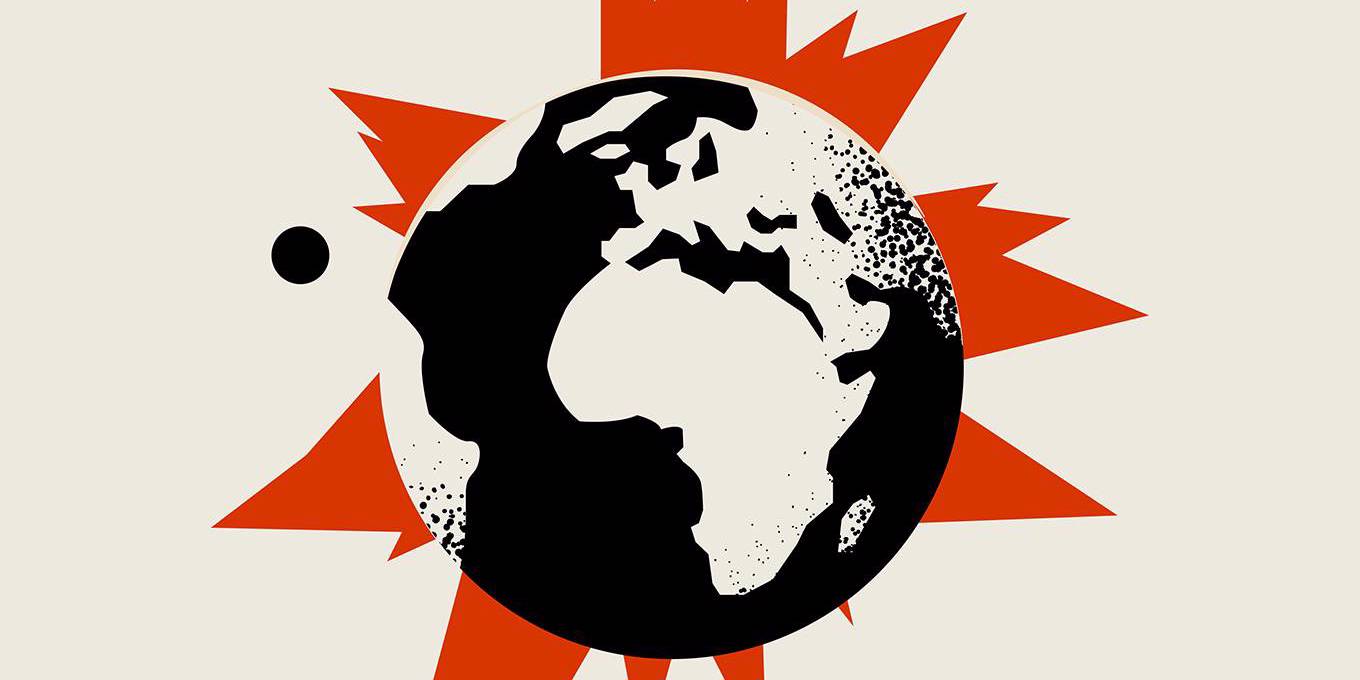Sarah Blackwood in The Paris Review:
“Undine Spragg—how can you?” her mother wailed, raising a prematurely-wrinkled hand heavy with rings to defend the note which a languid “bell-boy” had just brought in.
It strikes me as odd that the opening of Edith Wharton’s 1913 novel, The Custom of the Country, rarely appears on those “best first lines in literature” lists that go around every so often. The sentence has everything that makes the novel, and Wharton’s work in general, so great: vigor, voice, irony, detail. Through it, Wharton sketches a tense and dissonant world in which the colloquial and the bejeweled come into uncomfortable relation with each other. Dramatic and dynamic, this world nevertheless feels intensely claustrophobic. From the first five words of the novel, the reader is tied to a repetitive present tense that feels inescapable—no future, no past, just a boxed-in present (“how can you?” rather than the usual “how could you?”).
Each time we read the novel, it seems, the continuous present of the deliciously named Undine Spragg happens to us all over again. The Custom of the Country, many recent commentators have noted, feels uncannily up to the minute. Its heroine, the beautiful, social-climbing, rapacious, and empty-souled Undine Spragg, reminds us of a tabloid fixture or a reality television star; her currency as a figure who exemplifies the ideas about white womanhood in every era has remained constant. If the morality of divorce—the main “problem” in this 1913 “problem novel”—is perhaps no longer the most pressing social phenomenon to imaginatively explore, Undine’s grasping, financially speculative approach to personal identity and relationships still is.
More here.

 T
T Opera is all about saying goodbye, Virgil Thomson is reputed to have said, and ballet is all about saying hello.
Opera is all about saying goodbye, Virgil Thomson is reputed to have said, and ballet is all about saying hello. F
F ON A MORNING of haunting heat in Seville, I sought out the tomb of Ferdinand III. There, in the Gothic cool, older Spaniards came and went, dropping to one knee and crossing themselves before the sepulcher of the Castilian monarch. There were men in staid tucked-in shirts, gray checked with yellow, and women with short-cropped hair and knee-length dresses, slim belts around their waists. They sat in pews under a coffered ceiling, dourly communing with El Santo, the patron saint of what would come to be called La Reconquista — the man under whom five and a half centuries of Muslim rule had in 1248 come to an end in this town: Seville, or Ishbiliya, as it was known then.
ON A MORNING of haunting heat in Seville, I sought out the tomb of Ferdinand III. There, in the Gothic cool, older Spaniards came and went, dropping to one knee and crossing themselves before the sepulcher of the Castilian monarch. There were men in staid tucked-in shirts, gray checked with yellow, and women with short-cropped hair and knee-length dresses, slim belts around their waists. They sat in pews under a coffered ceiling, dourly communing with El Santo, the patron saint of what would come to be called La Reconquista — the man under whom five and a half centuries of Muslim rule had in 1248 come to an end in this town: Seville, or Ishbiliya, as it was known then. MURAKAMI: When I was writing a novel on an island in Greece, I could see a flock of sheep right outside the window and I wrote the novel every day looking at them. It’s not like the sheep helped in any special way, but they might have encouraged me. The novel I was writing then was Norwegian Wood. Not a single sheep in the story.
MURAKAMI: When I was writing a novel on an island in Greece, I could see a flock of sheep right outside the window and I wrote the novel every day looking at them. It’s not like the sheep helped in any special way, but they might have encouraged me. The novel I was writing then was Norwegian Wood. Not a single sheep in the story. In the holiday resort of Sharm El Sheikh in Egypt, the stage is being set for COP27, the next round of UN climate talks, which kicks off on 6 November.
In the holiday resort of Sharm El Sheikh in Egypt, the stage is being set for COP27, the next round of UN climate talks, which kicks off on 6 November. Severe megathreats are imperiling our future – not just our jobs, incomes, wealth, and the global economy, but also the relative peace, prosperity, and progress achieved over the past 75 years. Many of these threats were not even on our radar during the prosperous post-World War II era. I grew up in the Middle East and Europe from the late 1950s to the early 1980s, and I never worried about climate change potentially destroying the planet. Most of us had barely even heard of the problem, and greenhouse-gas emissions were still relatively low, compared to where they would soon be.
Severe megathreats are imperiling our future – not just our jobs, incomes, wealth, and the global economy, but also the relative peace, prosperity, and progress achieved over the past 75 years. Many of these threats were not even on our radar during the prosperous post-World War II era. I grew up in the Middle East and Europe from the late 1950s to the early 1980s, and I never worried about climate change potentially destroying the planet. Most of us had barely even heard of the problem, and greenhouse-gas emissions were still relatively low, compared to where they would soon be. All too often, philosophers of art (myself included) deal with art at a remove, at their desks, surrounded by books, countless tabs open in their browser windows. Reading Sherri Irvin’s book feels like you’re being led through a gallery that Irvin herself has carefully curated—indeed, led through the hidden corridors behind the gallery walls. Despite the title of this volume, Irvin makes the art she discusses feel material in a way that other philosophers just don’t—maybe can’t. Irvin makes me appreciate the art she discusses; she makes me love it.
All too often, philosophers of art (myself included) deal with art at a remove, at their desks, surrounded by books, countless tabs open in their browser windows. Reading Sherri Irvin’s book feels like you’re being led through a gallery that Irvin herself has carefully curated—indeed, led through the hidden corridors behind the gallery walls. Despite the title of this volume, Irvin makes the art she discusses feel material in a way that other philosophers just don’t—maybe can’t. Irvin makes me appreciate the art she discusses; she makes me love it. Maronite priest Antonio Fausto Naironi once claimed that the greatest of miracles happened in ninth-century Ethiopia. It was then and there, in the province of Oromia, that a young shepherd named Kaldi noticed that his goats were prone to running, leaping, and dancing after they had eaten blood-red berries from a mysterious bush. Kaldi chewed on a few beans himself, and suddenly he was awake. Gathering handfuls of them, he brought them to a local abbot. Disgusted with the very idea of such a shortcut to enlightenment, the monk threw the beans into a fire, but the other brothers smelled the delicious fragrance and gathered. Naironi is a bit scant on the details, but for some reason the grounds were filtered into water, and the first cup of coffee was brewed.
Maronite priest Antonio Fausto Naironi once claimed that the greatest of miracles happened in ninth-century Ethiopia. It was then and there, in the province of Oromia, that a young shepherd named Kaldi noticed that his goats were prone to running, leaping, and dancing after they had eaten blood-red berries from a mysterious bush. Kaldi chewed on a few beans himself, and suddenly he was awake. Gathering handfuls of them, he brought them to a local abbot. Disgusted with the very idea of such a shortcut to enlightenment, the monk threw the beans into a fire, but the other brothers smelled the delicious fragrance and gathered. Naironi is a bit scant on the details, but for some reason the grounds were filtered into water, and the first cup of coffee was brewed. “SOMETIMES I THINK
“SOMETIMES I THINK